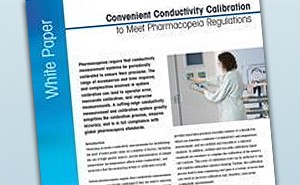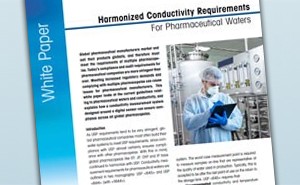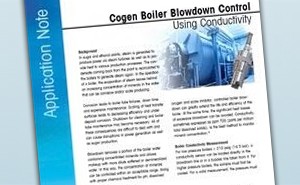We support and service your instruments through its entire life-cycle, from installation to preventive maintenance and calibration to equipment repair.

Conductivity Sensor | Conductivity Probe
Conductivity Sensors for Process and Pure Water Measurement
A conductivity sensor measures the ability of a solution to conduct an electrical current. It is the presence of ions in a solution that allow the solution to be conductive: the greater the concentration of ions, the greater the conductivity. METTLER TOLEDO in-line conductivity probes are designed for pure water monitoring, chemical processing and pharmaceutical manufacturing processes. These conductivity sensors offer accurate, reliable measurement to ensure process control and compliance.
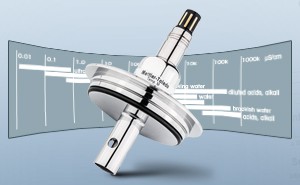
In-Line Conductivity Sensors with Wide Measurement Ranges
METTLER TOLEDO's pure water conductivity sensors in the UniCond family use an advanced, built-in measuring circuit to expand their measurement range and reduce the risk of interference.
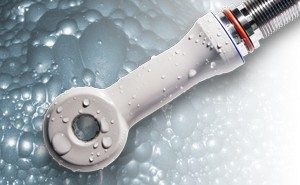
Inductive Conductivity Sensors for Harsh Applications
Inductive, electrodeless conductivity sensors are conductivity sensors that provide users with a fast and accurate measurement for process control in harsh chemical environments.
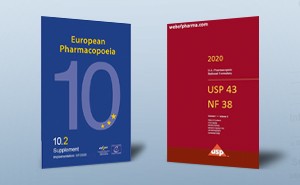
Ensure Compliance with Regulatory Requirements
These conductivity sensors are designed to help you meet your regulatory requirements, including USP <645> and select models include USP and EP setpoints for your convenience.
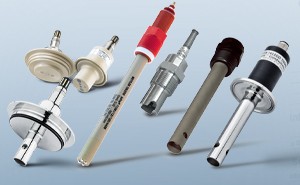
Simplified Process Installation and Integration
METTLER TOLEDO in-line conductivity sensors are available with a variety of bushings and flanges to simplify installation without the need of a separate housing.
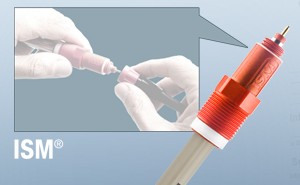
Fast Calibration and Start-Up
Conductivity sensors with Intelligent Sensor Management (ISM) technology, store calibration data to enable quick and accurate calibration away from the process.

Meet Requirements for Ultrapure Water Monitoring
METTLER TOLEDO's conductivity sensors also perform as resistivity sensors for semiconductor and microelectronics ultrapure water monitoring.

In-Line Conductivity Probes for a Range of Operations
These conductivity probes meet requirements of many processes, including water purity analysis, monitoring of reverse osmosis, control of chemical processes and industrial wastewater monitoring.
Explore our Services - Tailored to Fit your needs
Support & Repair

Training & Consulting

FAQs
What is a conductivity sensor and a conductivity probe?
A conductivity sensor, also known as a conductivity probe or an in-line conductivity electrode, is an analytical instrument that measures the ability of a solution to conduct an electrical current. It is the presence of ions in a solution that allow the solution to be conductive: the greater the concentration of ions, the greater the conductivity. In some applications the purity measurement is made as resistivity (the reciprocal of conductivity).
How many types of conductivity sensors and conductivity probes are there?
There are three technology types of METTLER TOLEDO conductivity sensors and conductivity probes used for process conductivity measurement:
- 2-electrode conductivity sensor
- 4-electrode conductivity sensor
- Inductive conductivity sensor
How do you calibrate a conductivity sensor and a conductivity probe?
A METTLER TOLEDO conductivity sensor and conductivity probe can be calibrated against a solution of known conductivity (much like calibrating a pH sensor against a solution of a known pH). Alternatively, an in-line conductivity probe that contains a range of very precise resistors that duplicate known conductivity measurements can be used.
When do you need to perform a conductivity sensor calibration or verification?
In general, the cell constant of the in-line conductivity electrode will not change; however, if the sensing elements are altered in some way (e.g. solid deposition or other fouling of the electrodes or insulator of the sensor, loss of electrode material through corrosion) the cell constant will change. METTLER TOLEDO conductivity sensors are factory calibrated and the cell constant is precisely determined. Therefore, calibration is typically not required while using the in-line conductivity sensor. However, it is recommended to verify the conductivity sensor or make calibration adjustment if necessary on an annual basis. The frequency of verification or calibration is very much dependent on the applications or on the plant standard operating procedure requirements.
Does temperature affect conductivity measurement?
Conductivity is strongly temperature dependent. As the temperature of a sample increases, the viscosity of the sample decreases which leads to increased mobility of the ions. Therefore, the observed conductivity of the sample also increases even though the ion concentrations may remain constant.
In good practices, every conductivity sensor result must be specified with a temperature or be temperature compensated, usually to the industry standard of 25 degrees Celsius.

